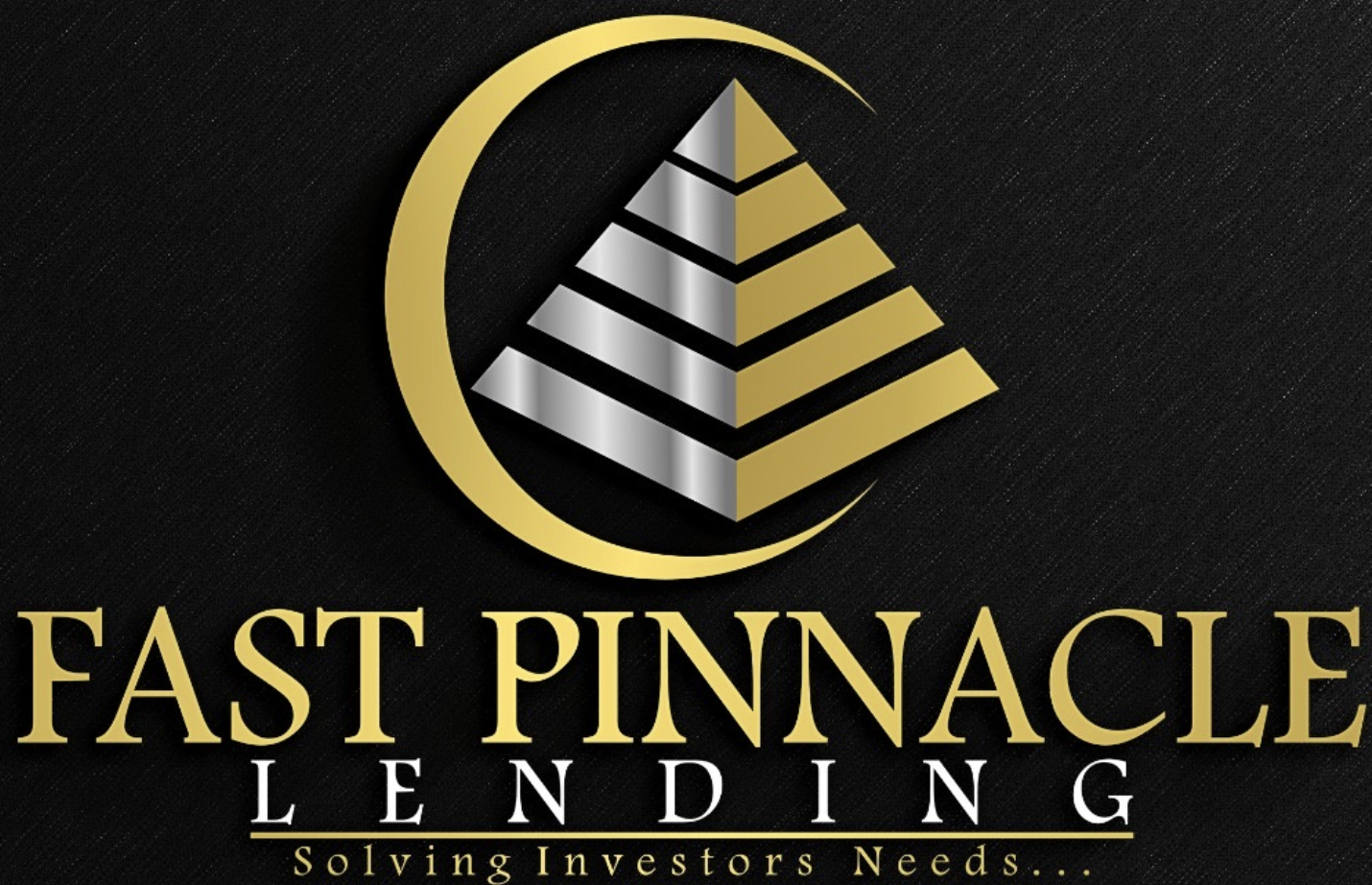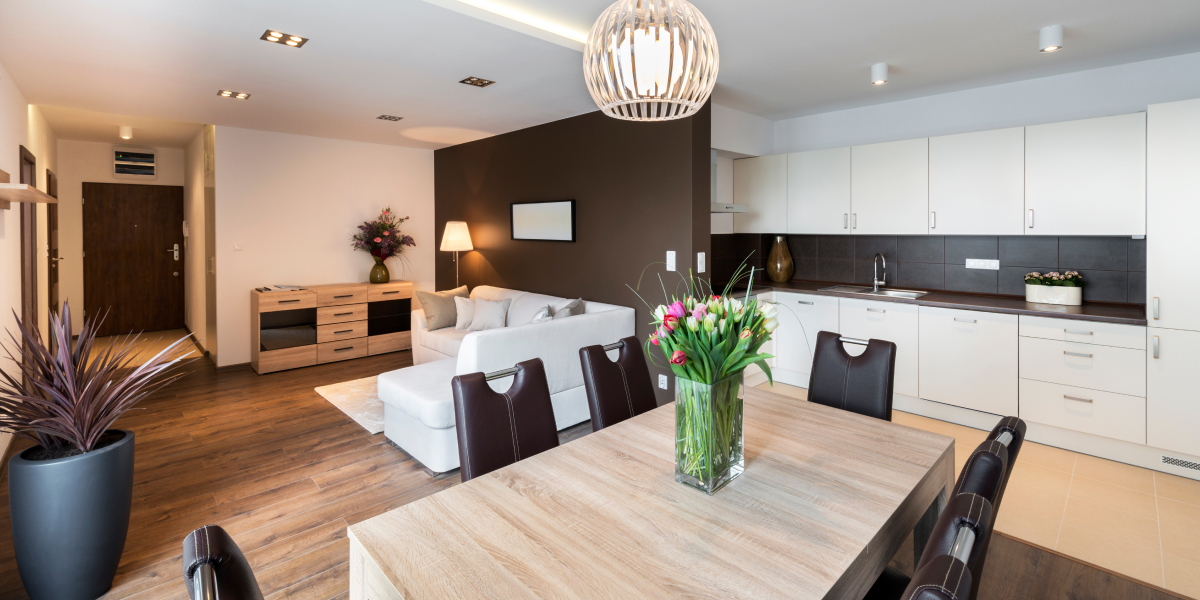When it comes to investing in condos as a rental property, many real estate investors…
House Flipping: How to Price for Maximum Profit

Pricing plays a crucial role in the success of your house-flipping ventures. From understanding local market dynamics to managing renovation expenses, getting the pricing right is essential for maximizing profits. Whether you are using fix and flip loans, bridge loans, or your own capital, developing a strong pricing strategy ensures your investment will be worthwhile. Here’s how to price your fix and flip property for optimal returns.
House Flipping: Understand the Local Market
Before setting a price for your fix and flip property, gain a deep understanding of the local real estate market. Examine recent sales of similar properties (comparables), identify trends, and factor in elements such as school districts, transportation, and local amenities. By aligning your renovation choices and pricing strategy with the preferences of your target audience—whether they are first-time buyers or experienced real estate investors—you can increase your chances of a successful sale.
For those financing their projects through investment property loans, it is important to account for all expenses, including acquisition, renovation, and holding costs. Accurate pricing will not only attract potential buyers but also help you stay within your budget, ensuring your fix and flip project remains profitable. Be sure to build a buffer in your budget to cover any unexpected renovation surprises.
Conduct a Detailed Comparative Market Analysis (CMA)
Performing a Comparative Market Analysis (CMA) is essential for accurately pricing your fix and flip property. Identify recently sold properties in the same area with features similar to your own. Pay attention to location, size, condition, and age when selecting comparable properties. Leverage MLS listings, public records, and insights from real estate agents for a comprehensive analysis.
If you are using real estate investment financing, comparing your property to similar homes will allow you to fine-tune your pricing strategy. Make adjustments for differences in features, size, and condition to align with buyer expectations and maximize profitability. Also, calculate the price per square foot and assess market conditions such as inventory levels and interest rates. This approach helps set the right price that supports a profitable sale and efficient use of fix and flip loans.
Price with After Repair Value (ARV) and Loan-to-Cost (LTC) for House Flipping Success
To maximize profits, focus on After Repair Value (ARV) and Loan-to-Cost (LTC) ratio when pricing your property. ARV refers to the estimated value of the property post-renovation, while LTC indicates how much lenders are willing to finance based on total project costs. Both metrics are important for investors who rely on house flipping loans.
Fix and flip lenders typically base their financing on the ARV rather than the purchase price. Accurately estimating ARV ensures that your sale price will cover all expenses, including renovation and financing costs, while leaving room for profit. This is especially crucial for real estate investors who use bridge loans, as it helps keep the project financially viable.
Leverage Bridge Loans for Fast Funding
Bridge loans are ideal for investors who need quick, short-term financing for fix and flip projects. These loans cover both acquisition and renovation expenses, allowing you to move forward quickly with your investment.
Lenders use ARV and LTC to determine the amount and terms of bridge loans. By understanding and applying these metrics, you can secure favorable financing terms and ensure your project runs smoothly. Additionally, timing matters; listing your property when demand is high and competition is low can help reduce holding costs and maximize your return on investment.
Work with Real Estate and Financing Experts
Collaborating with experienced real estate agents and lending professionals can make a significant difference in setting the right price for your property. Their insights into local market trends and expertise with investment property financing will help you make well-informed decisions throughout the project.
At FPL Lending, we specialize in providing house flipping loans tailored to the unique needs of real estate investors. Our streamlined process enables you to secure the necessary funds quickly, giving you a competitive edge over cash buyers. Whether you need capital for acquisition, renovation, or flipping, we are here to support your real estate investment journey.
Avoid Common Pricing Mistakes
Avoid typical pricing pitfalls such as overpricing, underpricing, or neglecting local market trends. These missteps can result in extended listing times and reduced profitability. When using real estate investment financing, it becomes even more crucial to price your fix and flip property wisely. Overpricing may turn away potential buyers, while underpricing could leave money on the table.
By conducting a thorough CMA, consulting with experts, and using bridge loans effectively, you can avoid these pitfalls and ensure a faster sale, minimized costs, and maximized profitability.




